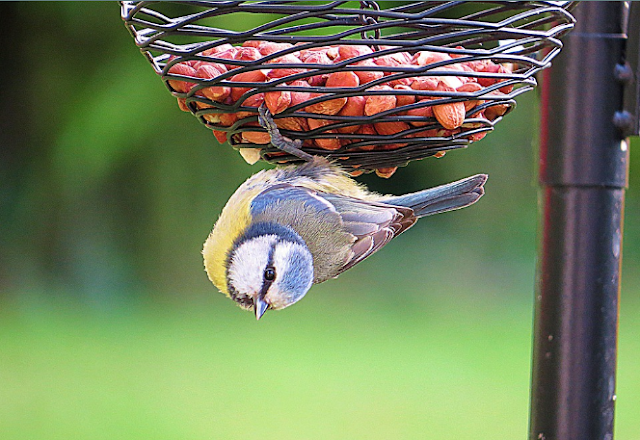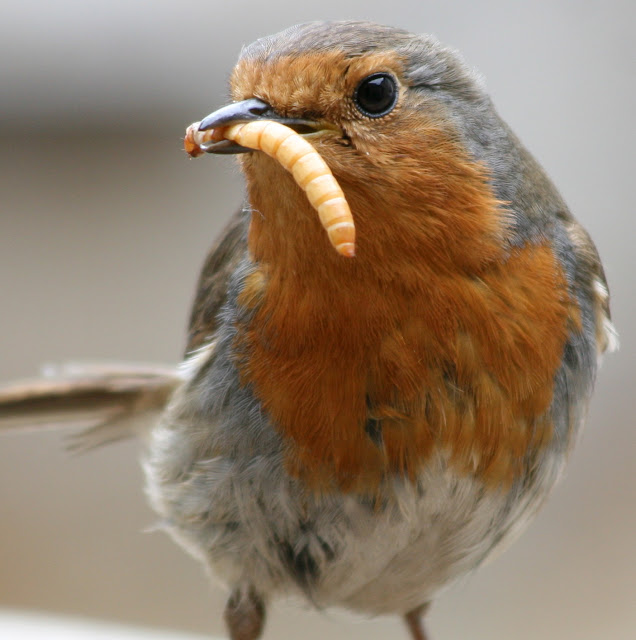What Birds Eat Peanuts
Garden bird feeding has been a popular hobby in the United Kingdom for well over a century, and peanuts have long been one of the most popular foods available.
Peanuts are a favorite food of wild birds for a reason: although being technically a ‘legume' rather than a nut, they provide a perfect balance of protein and oil, which are both essential for energy and overall health. Peanuts are now grown in a variety of shapes, colors, and sizes all over the world in suitable temperatures.
What to Consider When Feeding Peanuts to Birds
When it comes to feeding peanuts to birds, there are a few things to keep in mind.
Aflatoxin - During their growth and storage, peanuts are extremely sensitive to mould. The fungus Asperillus Flavus, in particular, produces significant amounts of aflatoxin, a very lethal carcinogen when swallowed by animals and birds.
Harvesting and storing peanuts — Peanuts are an annual herbaceous plant that belongs to the pea family rather than the nut family. The stem continues to develop after flowering until the fruit head bends over and is pushed into the ground, where the pod expands and develops. The entire plant is hoisted and turned upside down during harvest. After that, the peanut plants are dried for three or four days, losing up to two-thirds of their moisture content. Mold can swiftly contaminate the entire crop if the ripening cycle is disrupted for any reason.In addition, inadequate storage and/or transportation can lead to contamination, allowing molds to thrive and damage the crop, particularly the aflatoxin-producing fungus.
Peanuts are produced across many continents where hot climatic conditions suit them, despite their origins in South America. China, India, the United States, Nigeria, Indonesia, and Argentina are the top peanut producers in terms of volume. Peanuts have been farmed for food for thousands of years, but it is only since the nineteenth century that they have become a staple food crop, having previously been planted largely for animal feed.
Cultivars - Each year, new peanut cultivars are developed, but they all come from the same four families: Spanish, Runner, Virginia, and Valencia. Disease resistance, drought tolerance, size, taste, and other characteristics are unique to each group and new cultivar. Each characteristic makes them more or less suitable for various applications and cultivation in various climates.
What Birds Eat Peanuts?
Are peanuts good for birds?
Do not feed raw peanuts to birds
Nuts that have been salted or sugared should not be fed to birds
Peanuts can be fed to birds in a variety of ways
Peanuts in their shells whole
Are Peanuts Healthy for Birds?
Woodpeckers
Chickadees
Titmice
Nuthatches
Magpies
Sparrows
House finches
Cardinals



Comments
Post a Comment